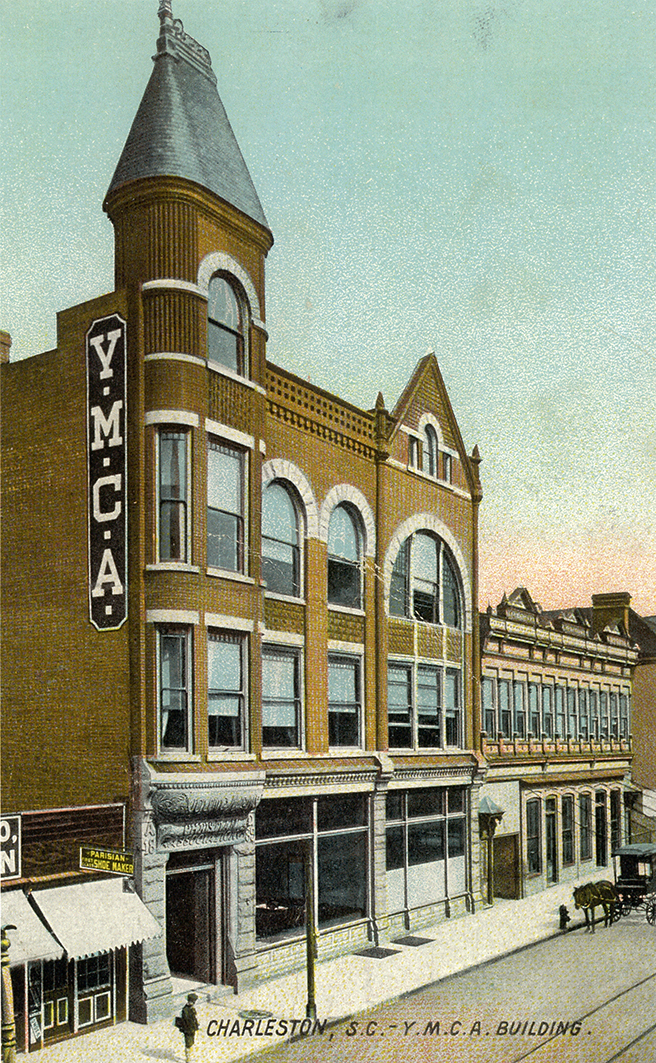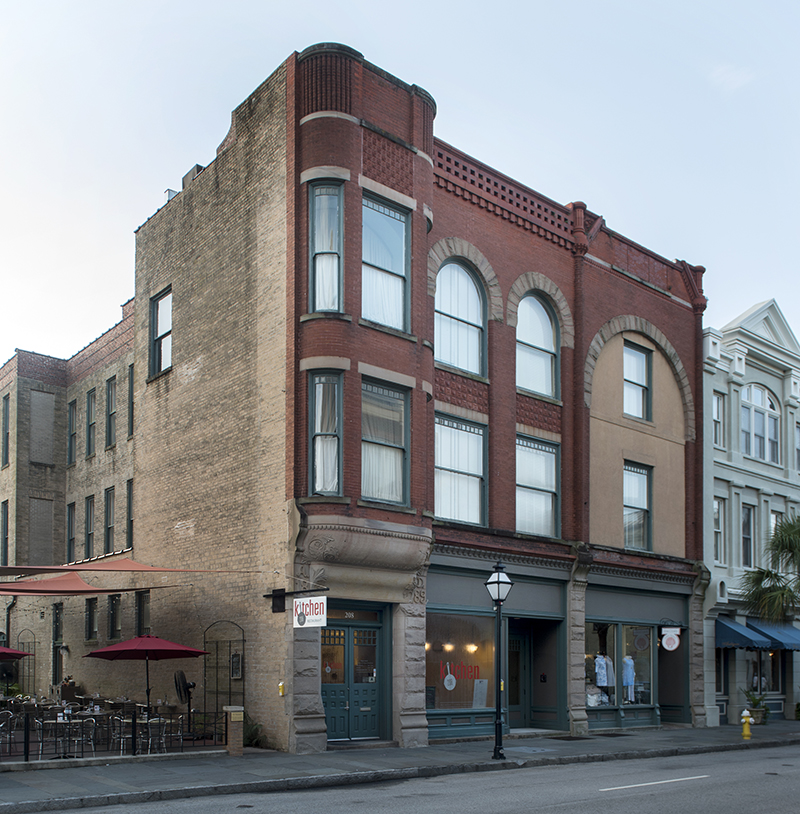Florence Dombey Ottolengui
Miss Florence Dombey Ottolengui (1859–1928) opened the Lady Baltimore Tea Room at 208 King Street in 1919. The tea room/bakery derived its name from the iconic southern cake that had gained local and national fame from Owen Wister’s 1906 best-selling novel, Lady Baltimore, which was set in Charleston.
The tea room began in the 1880s as a project of the Woman’s Exchange, a service organization, and later moved to this ground-floor shop in the heart of King Street’s upscale shopping district. According to an announcement in the Charleston Evening Post in July 1906, the famous Lady Baltimore Cake was always available at the Woman’s Exchange, which had possession of the original recipe. Lady Baltimore Cake had been a favorite in the private homes of Charleston since before the turn of the twentieth century, and it was the pride of the tea room. Some food historians attribute the recipe to Alicia Rhett Mayberry, while others say it originated with Florence Ottolengui and her youngest sister, Nina Ottolengui (1879–1960). There is no question that the Misses Ottolengui were among the “very best makers of the Lady Baltimore,” baking the famous confections at the tea room or in the kitchen of their family home. In November 1919, the Woman’s Exchange pulled out of the King Street tea room, and Florence Ottolengui took over the business. She named her small restaurant the Lady Baltimore Tea Room, promising to continue serving the same cake that she had made for the Exchange for so many years.

208 King Street, ca. 1913
View of the building before Florence Dombey Ottolengui (1859–1928) took charge of the Lady Baltimore Tea Room. Courtesy of Historic Charleston Foundation Archives.